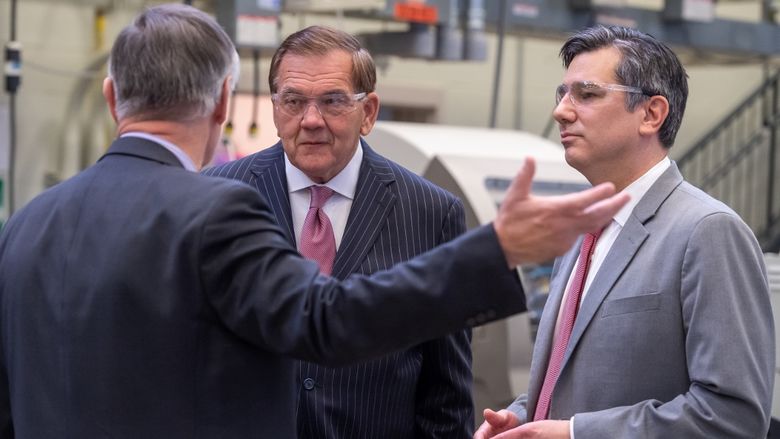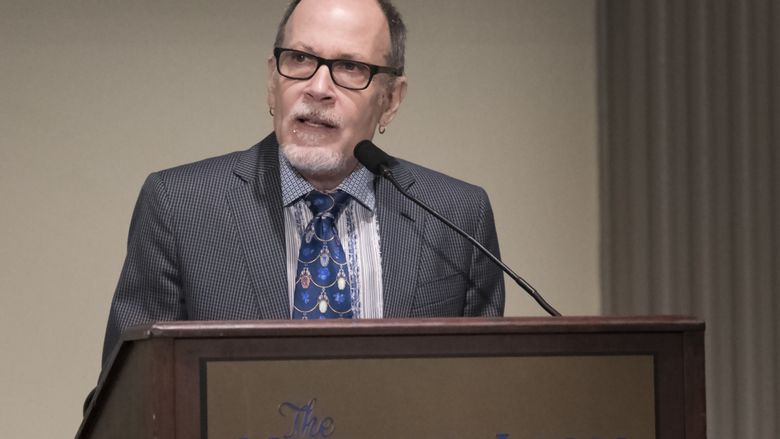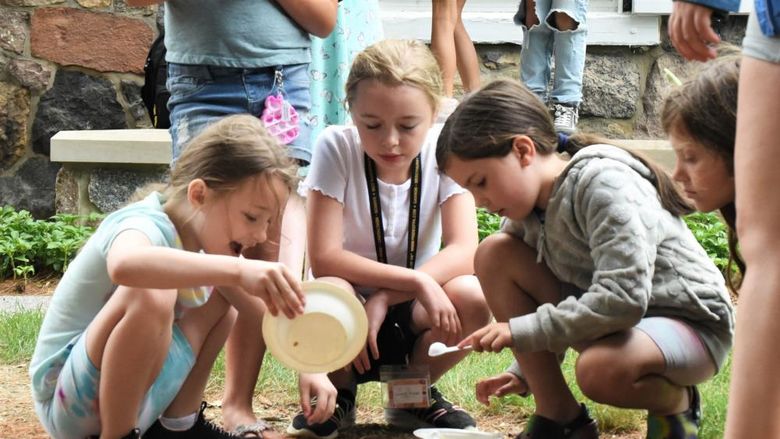
NASA engineer Moogega "Moo" Cooper, the planetary protection lead for the Mars 2020 mission, opened Penn State Behrend's Speaker Series on Oct. 18.
ERIE, Pa. — “It all starts with saying ‘Yes.’
“It is amazing what one ‘yes’ can do. You never know what situation can spur yet another opportunity, and you have to increase the probability that you get lucky by increasing those opportunities. So take some risks. Push yourself outside of your comfort zone. Try something new.”
— NASA engineer Moogega “Moo” Cooper, the planetary protection lead for the Mars 2020 mission, during an Oct. 18 Speaker Series program at Penn State Behrend.
The mission of the Mars rover Perseverance, which landed on the red planet in February, is to find evidence of life on Mars. The rover landed in the Jezero Crater, which scientists believe once was a lake. If there is, or was, life on Mars, it most likely will be found in the river delta that fed water into that lake.
“If life ever existed on Mars,” Cooper said, “that is where you would find it.”
Cooper’s role was to ensure that Perseverance did not inadvertently carry earthly contaminants to Mars. Her team built, tested, launched and landed the hardware in a way that kept the spacecraft clean. Some components were sprayed with hydrogen peroxide vapor. Others were sterilized with 392-degree heat.
Cooper also developed the protocols for returning environmental samples from Mars. Perseverance is equipped with a drill bit, which is cutting cylindrical cores into the planet’s surface. Those cores will provide a cross-section of the rock on Mars.
NASA plans to retrieve those cores during future missions, beginning in 2028. The cylinders will be loaded into a rocket, launched into space and collected by an Earth Return Orbiter.
Once aboard the orbiter, the samples will be prepared for a return to Earth.
“There’s a containment system in that orbiter, and it’s like the coolest Russian nesting doll that you have ever seen,” Cooper said. “It basically welds a seam and at the same time unwelds another seam, making sure that any microbes from Mars are kept inside that containment vessel.
“That part is really important,” she said, “because if a microbe is able to survive in those harsh environments, it’s usually very special.”
The discovery of a new microbe would upend everything we think we know about life, Cooper said.
“It would change everything,” she said. “Say we do find life on Mars. The question then becomes, did that life evolve independently on Mars? Did it evolve on Mars and seed life on Earth? Did it evolve here first? By answering the big question — “Are we alone?” — it gets us a little bit closer to understanding how we fit into the universe.”
Robb Frederick
Director of Strategic Communications, Penn State Behrend





